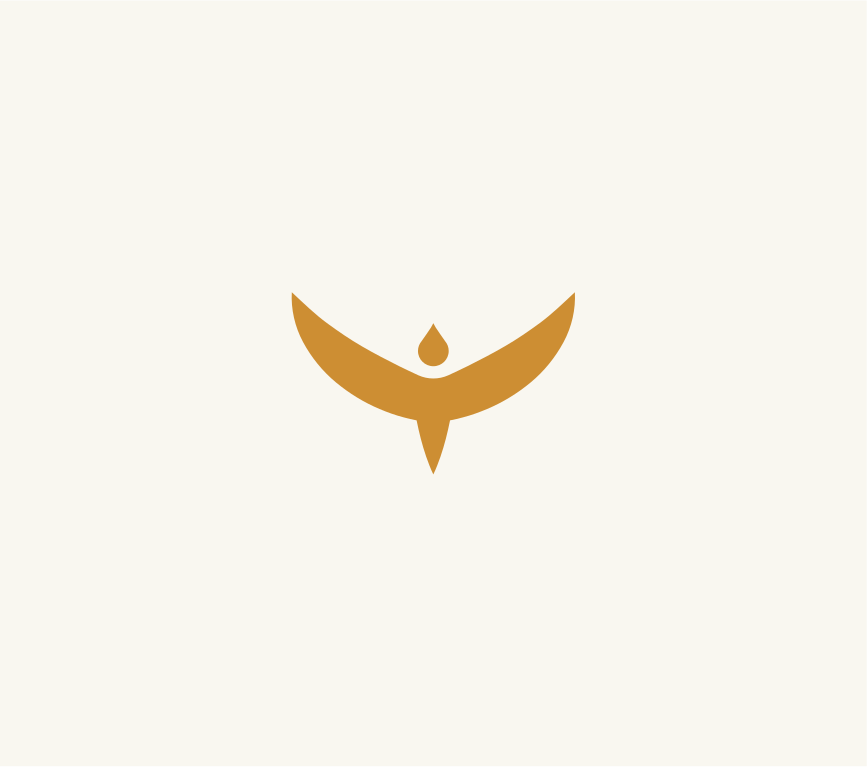Fourth Labour (Erymanthian Boar)
For the fourth labour, Heracles needed to fetch Erymanthian Boar. On this trip, he visited a Centaur named Pholus, who lived in Mount Pholoë (Pholoe), which was named after the Centaur. Pholus had some wine with odour to attract the boar. Unfortunately, this wine attracted the other Centaurs around the mountain.
The Centaurs originally lived in Magnesia, Thessaly, until the Lapiths drove them out, after the wedding of Peirithous and Hippodameia. The Centaurs lived around Mount Pholus, in Arcadia.
The angry Centaurs attacked Heracles. Heracles had to kill some of the Centaurs and drive the rest of them away. Heracles would meet two Centaurs later in his life – Eurytion and Nessus. His host, Pholus, accidentally dropped a poisoned arrow on his hoof and died. Another friendly Centaur named Cheiron also died. Cheiron was another of Heracles' friends. Cheiron was a wise Centaur who taught many heroes hunting and combat skills, including Jason and Achilles. Heracles accidentally wounded Cheiron. Cheiron, being immortal couldn't die, but he suffered great agony from the Hydra's venom. Cheiron later gave up his immortality to the Titan Prometheus and went to Hades.
Later, Heracles captured the boar and delivered it alive to Eurystheus. Eurystheus was such a coward that he hid inside a bronze jar. Heracles released it at Eurystheus' request. Eurystheus ordered Heracles that he would show him his successes in his labours on the other side of the city wall.
Heracles and the Argonauts
According to Apollonius and few other writers, hearing news that Jason was gathering a crew to fetch the Golden Fleece, Heracles joined the Argonauts. During this adventure, a tribe of six-armed, earthborn giants known as the Gegenees attacked the ship, near Bear Mountain. Heracles killed several of the Gegenees. But the hero was later abandoned at Mysia, while he searched for his missing squire and lover, Hylas.
In a different version written by the historian Diodorus Siculus, Heracles was the main hero in the Quest, not Jason. Several other heroes played more important parts in the Quest than Jason. Jason's only contribution to the Quest was having the ship built for their voyage to Colchis, and bringing Medea back to Iolcus with him, because he had promised to marry the Colchian sorceress.
After the Quest (Diodorus' version), Heracles was said to have established the Olympian Games in honour of Zeus, for their homecoming. Heracles had also suggested that any of the heroes should not strive among themselves, but instead come to the aid of a former Argonaut who needed help. This contradicted most myths, where Heracles killed Calais and Zetes, who had abandoned him in Mysia.
The mythographer generally outlined Apollonius' epic, but also had other sources that differed from Apollonius' account. In one source from Herodotus, Apollodorus wrote that Heracles couldn't participate in the adventure, because the hero was serving Omphale as slave at the time. On the other hand, according to his source from Pherecydes and from The Marriage of Ceyx, a fragmented poem attributed to Hesiod, the Argonauts abandoned Heracles near Aphetae in Magnesia, not in Mysia.
Again, Apollodorus quoted from Demaratus that Heracles sailed all the way to Colchis and back, but in another source, from Dionysius said that Heracles was the captain of the Argonauts.
The mention of Heracles being abandoned at Aphetae raises the question of whether Apollonius' version about Hylas was actually a later tradition.
Related Information
Sources
Library was written by Apollodorus.
The Poetica Astronomica was written by Hyginus.
Argonautica was written by Apollonius of Rhodes.
Related Articles
By Jimmy Joe







